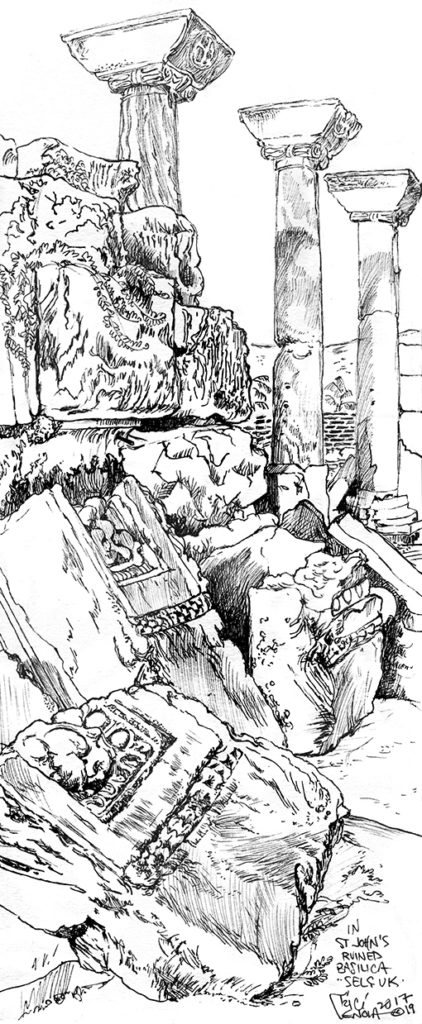
THE MONUMENT The original church fell to pieces, and in 536 our old friend Byzantine Emperor Justinian started this new one. Over the next 29 years, he built a magnificent six-domed cruciform church echoing the Church of Holy Apostles, now lost, in Constantinople -now -Istanbul.
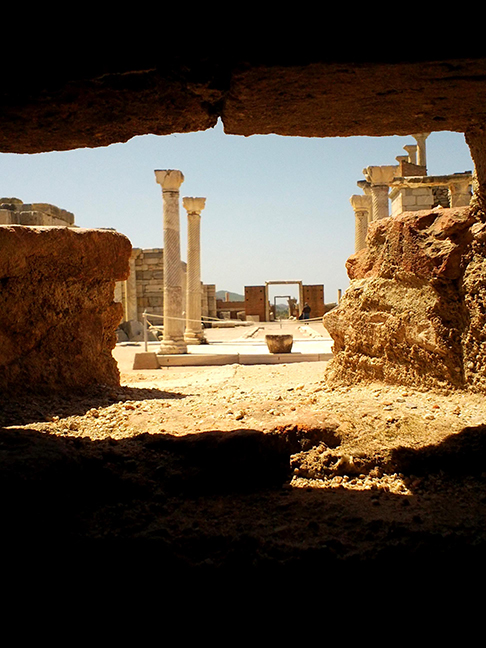
Here’s St John’s official tomb, from behind the altar. The pillars were erected by the Turkish Republic; the small stone is the 6thCentury headstone.
THE MIRACULOUS SHIFTING SANDS St John was said to be sleeping beneath his tomb, and his breath caused the dust on it to stir. This dust was said to perform miracles, especially every year on May 8, the all-night Feast of St John. The church called the dust Manna, and sold it to the faithful. They had to do something to help support the church, and there was no relic of their saint. So, for a thousand years, pilgrims came, even St Augustine, leaving with flasks of Manna. It is surely dusty there now, dust blowing into the cracks of the few surviving mosaics and around the shiny modern marble of the monument now over the supposed Tomb. My personal non-scholarly feeling on this is that St John was actually buried up on the ancient Ayasuluk mound, but who am I to argue with St Augustine?
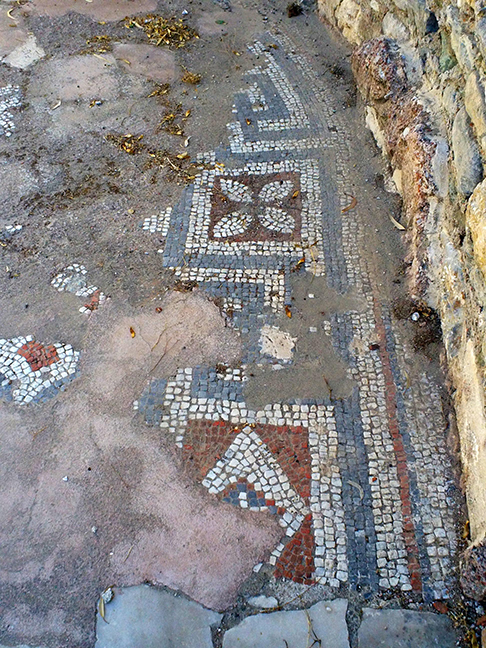
DEVASTATION While imprisoned on Patmos, after his exile by Emperor Domitian, St John was credited with an earthquake. This got him sprung, but the one that demolished St John’s Basilica happened in the 1300s. It must have been a lulu. Just look at this!
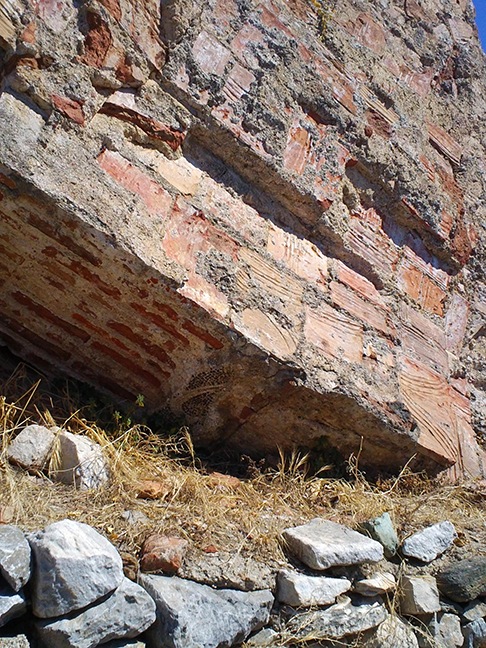
The earthquake-wrecked temple was further ravaged by Tamerlane’s Mongol army in 1402. I picture them riding through, smashing and yelling and generally wreaking havoc, eventually camping there. Perhaps some ferocious warrior out of a Frazetta painting carved this graffito bull on a tomb:
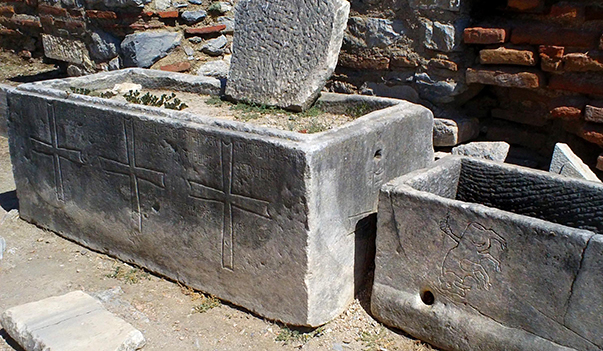
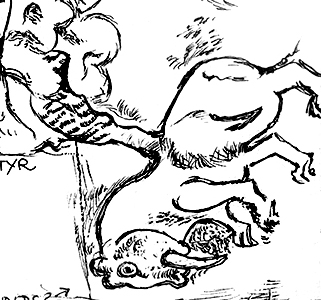
Finally, in one of the poetic ironies that keep me living in Turkey, the marble of the ruined Temple of Artemis was pillaged by Justinian’s builders to create St John’s Basilica, which was in turn pillaged to create Isa Bey Mosque. Next is a model of the Basilica, and after that, an ariel view of what’s left.
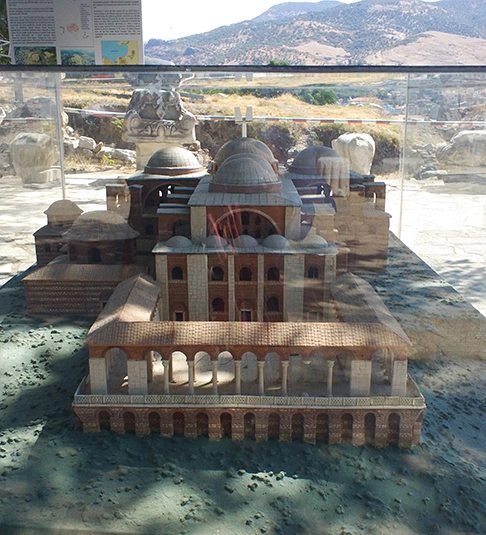
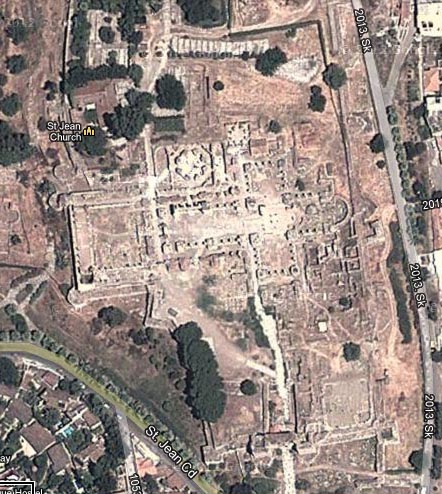
The only one of these three monuments not yet to fall to an earthquake is the mosque, which stands squarely among palm trees on a hillside between the two ruined temples.